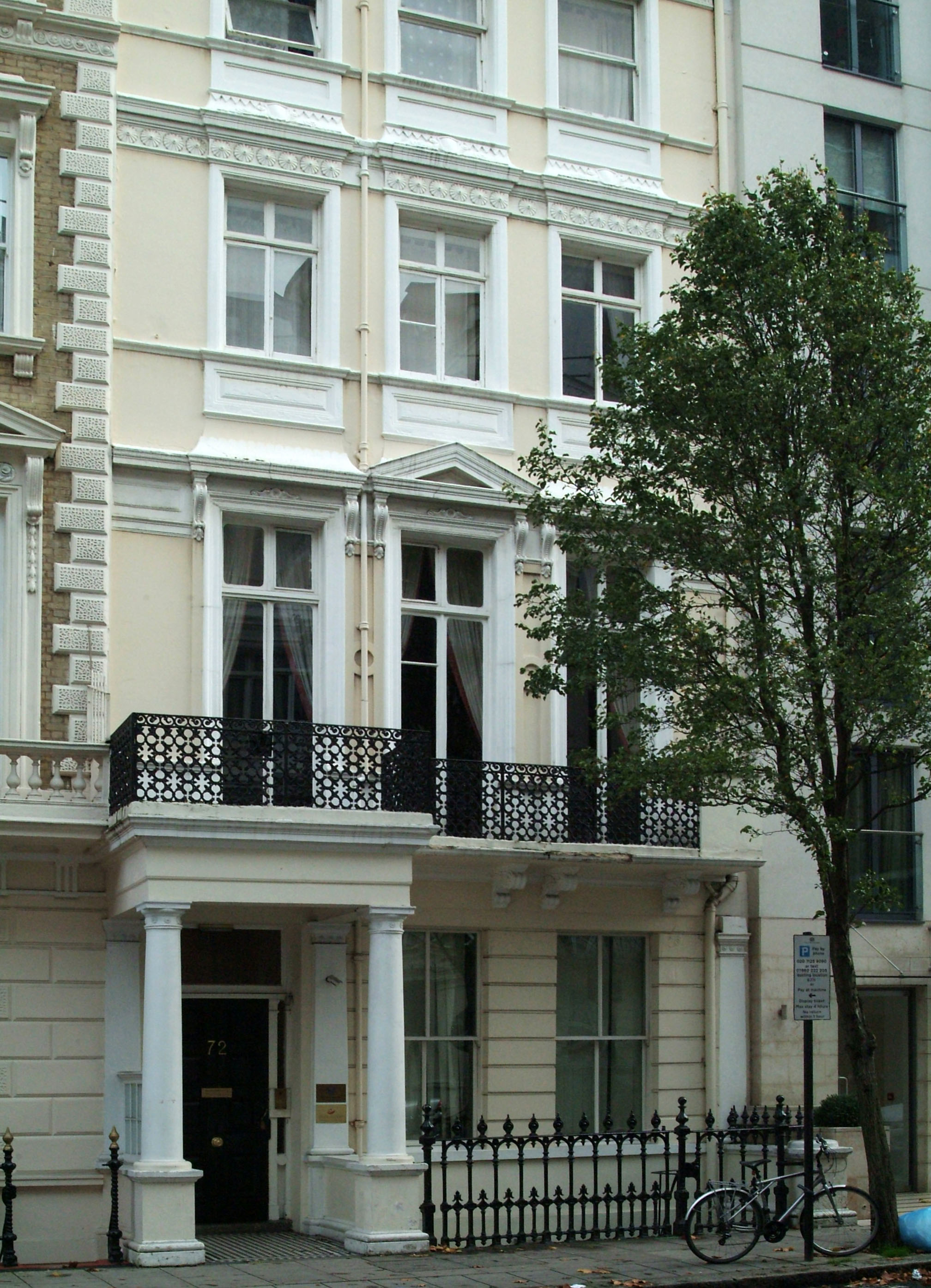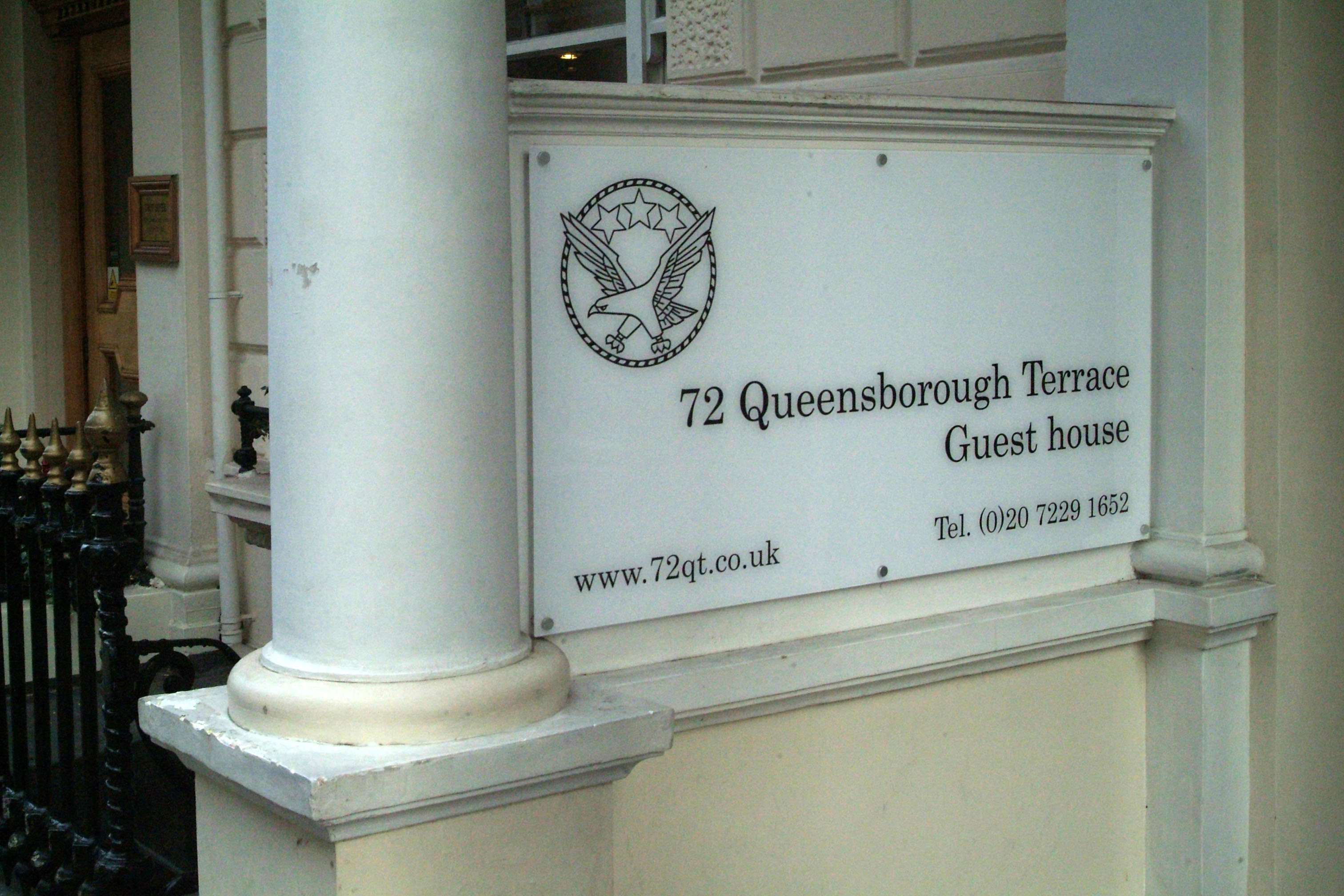The DVF was established in London on 21 December 1947, and in 1949 funding was sought to buy a property close to Hyde Park. The DVF became owners of 72 Queensborough Terrace, Bayswater on 28 November 1950, for the price of £13,000. Redecoration and reorganisation of internal spaces commenced, resulting in an office, then a sales point for Latvian books. The newly formed Latvian National Council in Great Britain (LNPL) and the Committee for the Renewal of Latvia European Centre (LAK EC) also made their headquarters there, along with the editorial team of the Latvian newspaper (“Londonas Avīze”), the DVF headquarters and a library. A hall was made to accommodate 80-100 people, and rooms were made available for overnight visitors as well as permanent residents. The Very Rev. Edgars Bergs formally inaugurated the property. Latvian congregations made use of the house and a weekend mother-tongue school for children was started. The house contains photographs of the people most involved in leading Latvian society, as well as art works and other artefacts by Latvian artists or donated by Latvians. A bar was set up in 1955. Starting from 1963, the property was managed for many years by Ādolfs Sīlis. In 1968 the adjoining property was purchased for £23,000 and following reconstruction and redecoration the value of the combined properties was £500,000 (as in 1985).
The late 1990s saw serious discussions about the future of the property. Major modernisation work was required to enable it to function effectively. This was brought about thanks to a loan of £400,000 by the LNPL. The formal re-opening of the house took place on 17 March 2001, when Marie Anne Zariņa (daughter of the former ambassador and at that time cultural consul to the Latvian Embassy) noted that it was from this house that Jānis Lūsis, the first ambassador from a newly independent Latvia, made his journey to Buckingham Palace to be accredited by the Queen.


